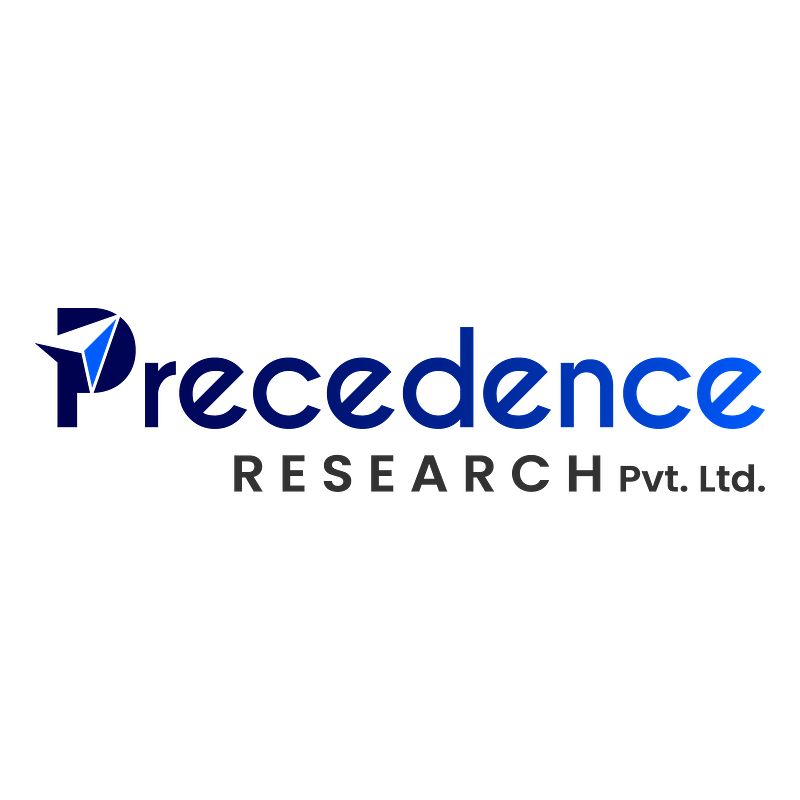
Immunoassay Market Poised for Growth: Asia Pacific Fuels Expansion & New Tech Drives Demand
The global immunoassay market is set for robust growth, fueled by rising demand in Asia Pacific, advancements in CLIA technology, and the ongoing need for rapid infectious disease detection.
Immunoassay Market Poised for Growth: Asia Pacific Fuels Expansion & New Tech Drives Demand
The global immunoassay market is projected to experience significant growth in the coming years, driven by a confluence of factors including increasing healthcare access in Asia Pacific, the rise of advanced technologies like chemiluminescence immunoassays (CLIA), and the continuing need for accurate and rapid diagnostic testing, particularly in the face of infectious disease outbreaks.
Analysts predict a healthy compound annual growth rate (CAGR) for the market, with estimates ranging from 5.3% to 6.8% through 2030. While specific numbers vary across research firms (Market Research Future, Grand View Research, Fortune Business Insights), a consistent theme emerges: substantial growth is on the horizon.
Asia Pacific: The Engine of Growth
The Asia Pacific region is rapidly becoming the dominant force in the immunoassay market. Increasing healthcare access initiatives in countries like China and India, combined with a rising middle class and growing disposable incomes, are creating significant demand for diagnostic services. Government programs, such as China’s National Health Insurance scheme and India’s Ayushman Bharat program, are expanding coverage and making testing more accessible to a wider population.
“We are seeing a significant increase in demand for diagnostic testing in the region, particularly for infectious diseases and chronic conditions,” noted one analyst. “The sheer population size and growing healthcare expenditure are driving this growth.”
The region's expanding manufacturing capabilities are also playing a role, with several Asian companies partnering with global leaders to increase production capacity and cater to the growing demand.
CLIA Technology Takes Center Stage
Technological advancements are also shaping the future of the immunoassay market. Chemiluminescence immunoassays (CLIA) are gaining traction due to their superior sensitivity, specificity, and automation capabilities. Compared to traditional Enzyme-Linked Immunosorbent Assays (ELISA), CLIA offers faster turnaround times, improved detection limits, and reduced human error.
“CLIA is becoming the preferred technology for high-throughput testing,” explained a clinical laboratory scientist. “The ability to analyze a large number of samples quickly and accurately is crucial for modern laboratories.”
Leading manufacturers, such as Roche Diagnostics, Abbott Laboratories, and Siemens Healthineers, are investing heavily in CLIA technology, launching advanced systems that deliver faster results and improved diagnostic accuracy.
Infectious Disease Testing Remains Critical
The COVID-19 pandemic underscored the vital role of immunoassays in managing infectious disease outbreaks. The demand for diagnostic testing surged during the pandemic, highlighting the need for rapid and accurate detection of viral infections.
“The pandemic exposed the vulnerabilities in our diagnostic infrastructure,” said a public health official. “It emphasized the importance of having robust testing capabilities to effectively respond to emerging infectious diseases.”
While the immediate crisis has subsided, the demand for infectious disease testing remains elevated, driven by ongoing surveillance efforts and the emergence of new variants. Immunoassays continue to be a critical tool for monitoring disease outbreaks and protecting public health.
Market Dynamics and Key Players
The global immunoassay market is characterized by a high degree of competition, with several key players vying for market share. Roche Diagnostics currently holds the largest market share, followed by Abbott Laboratories and Siemens Healthineers. These companies are investing heavily in research and development, expanding their product portfolios, and forging strategic partnerships to maintain their competitive edge.
“The market is becoming increasingly fragmented, with the emergence of new players and the consolidation of existing companies,” noted a market analyst. “Innovation and product differentiation are key to success in this competitive landscape.”
Other notable players in the market include Thermo Fisher Scientific and Danaher Corporation, which offer a diverse range of immunoassay solutions for various applications.
Challenges and Opportunities
Despite the positive outlook, the immunoassay market faces several challenges. High manufacturing costs, stringent regulatory requirements, and the need for skilled personnel can hinder market growth.
However, several opportunities exist for companies to overcome these challenges and capitalize on the growing demand. Developing innovative technologies, expanding into emerging markets, and offering cost-effective solutions can drive market growth.
The increasing focus on personalized medicine and point-of-care testing also presents significant opportunities for companies to develop new and innovative immunoassay solutions.
“The future of the immunoassay market is bright,” concluded a market researcher. “With continued innovation and strategic investments, companies can capitalize on the growing demand and deliver significant value to healthcare providers and patients alike.”
In summary, the global immunoassay market is poised for robust growth, fueled by a combination of factors including increasing healthcare access in Asia Pacific, the rise of CLIA technology, and the ongoing need for rapid infectious disease detection. The market is competitive, but offers significant opportunities for companies to innovate and deliver value to healthcare providers and patients.
